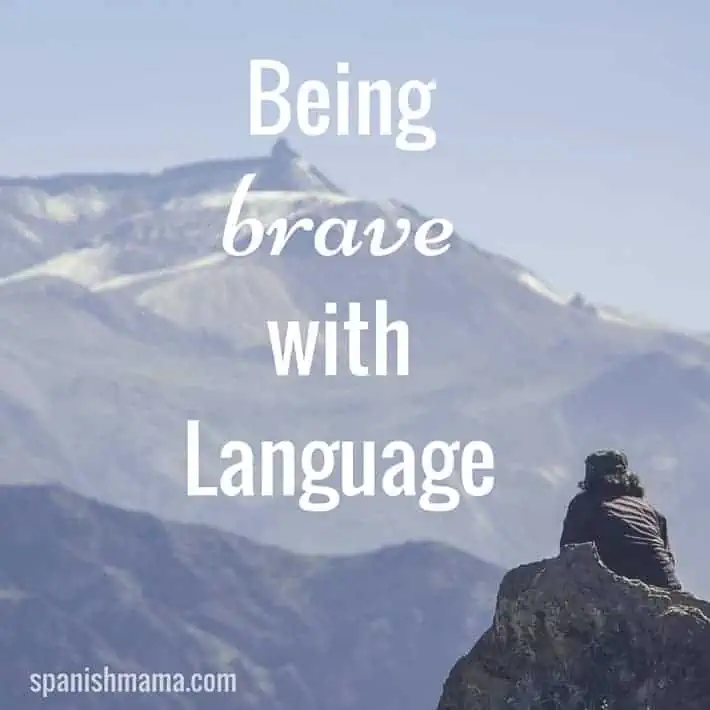5 Myths About Interactive Student Notebooks
Inside: In a recent post, I wrote What Not to Do When Using Interactive Notebooks: things I’d learned the hard way as I began to use them. I concluded at the end that interactive notebooks will neither make or break your teaching, and only you– the teacher–can decide if they are right for your students. Interactive notebooks are hot right now, and so I thought discussing these common “myths” might help you decide what you think of them. Hopefully this can help!
1. FOLDABLES & FLIP-UPS MAKE THE NOTEBOOK INTERACTIVE.
I may be going out on a limb here, but I think this is important. It is easy to assume that because a foldable is involved, what was once a mind-numbing worksheet is automatically “interactive.” What makes an notebook interactive is that an active connection occurs between the page and the mind of the student. This, of course, only happens when the content itself is compelling and excellent. If the hands-on format of a foldable makes the page even more engaging and undestandable, so much the better!
Foldables and flip-flips can be amazing tools. Sometimes just the fact that a flip up can be physically lifted in three parts provides just the right “Aha!” moment. We just need to remember that some pages can be very plain, and still highly engage the mind and imagination of our students. That is the ultimate test for our notebooks– not how fancy or cute the components are.
2. INTERACTIVE NOTEBOOKS ARE ONLY FOR ELEMENTARY STUDENTS.
I see this one a lot. Perhaps just the mention of glue and scissors gives nightmares to upper-level teachers, who chose high school precisely to get away from such materials. But the beauty of interactive notebooks is they are exactly what you want them to be: just as cutesy, formal, and involved (or not) as you like. I do think that many of the benefits for younger students (organizational help, portfolio of learning, ownership of work) extend to older students as well.
3. INTERACTIVE NOTEBOOKS ARE JUST A NEW FAD.
The first time I came across interactive notebooks was actually 10 years ago in South America. While teaching in Peru, I watched my host family do beginning-of-the-school-year prep. My host mother bought notebooks for her sons, a different color for each subject, and carefully laminated each one. Those notebooks were used the entire year, with every student in the school following the color-coded system. The glued-in parts were less elaborate, as copies in general were a precious commodity, but it was the same basic concept. My husband remembers having a notebook for each class and gluing in organizers and notes 25 years ago then as well.
Nature journals (advocated by turn-of-the-century educator Charlotte Mason) provide another early example of “interactive notebooks.” Students began with blank notebooks. They would then go out into nature, find something interesting, and either draw it or glue the plant itself into the notebook. Then they would write about it, label it, or include a related poem or thought. Her Book of Centuries was another example of a precursor to our interactive notebooks.
Again, it’s not exactly the same as our modern-day notion of an interactive notebook. But I think shows that the idea of compiling a year’s worth of learning into a notebook to synthesize information in a hands-on way isn’t exactly a novel invention.
4. INTERACTIVE NOTEBOOKS MUST BE TIME-CONSUMING.
Interactive notebooks can be time-consuming. They don’t have to be, especially if you gravitate toward a simple format and clean lines that only require one cut. With good procedures for materials, prep time can be very short (and might make for a good brain break in the middle of a lesson.)
If you have lots of foldables, it will take some time to do them well. But in the overall scheme of things, ISNs can still save time. When foldables, outlines, or graphic organizers are well-done, they are formatted to make sense. They are made so that the foldable or arrangement itself tells the story. One of the biggest concepts in Spanish grammar, for example, is getting the plural vs. singular. Our grammar notes are on flip-flaps that consistently follow a plural/singular, left/right format. I don’t have to even talk about this very much– it’s simply implicit in the design itself. We may spend a little longer setting up the notes, but I feel like I get more bang for my buck in the notes we do take.
5. INTERACTIVE NOTEBOOKS MAINLY BENEFIT THE TEACHERS.
This myth might come from a suspicion that it just makes the teacher feel good to have a learning portfolio that looks nice. I have found, though, that using an interactive notebook makes me think harder about what I want students to take away from a lesson and how I want them to interact with the knowledge. I think the students are more directly in contact with the information; it is their work to make it their own in the notebooks, and physically place it there.
Typical worksheets– which I do still occasionally use–seem to require less thought. They tend to involve more fill-in-the-blanks, information I’ve already digested for you as the teacher. The advantage of an interactive notebook is that the burden of recording and assimilating the information is on the student. Interactive notebooks are begun empty, only filled in real time as knowledge grows. With ISNs, I know that each page will look different between different students, and that’s okay. It is their notebook, and their own record of knowledge.
I’d love to hear what you think, as I’m still a newbie with interactive notebooks! Have you heard the myths too? Do you think they might actually be true? I’d love to know.
Like it? Pin it!








